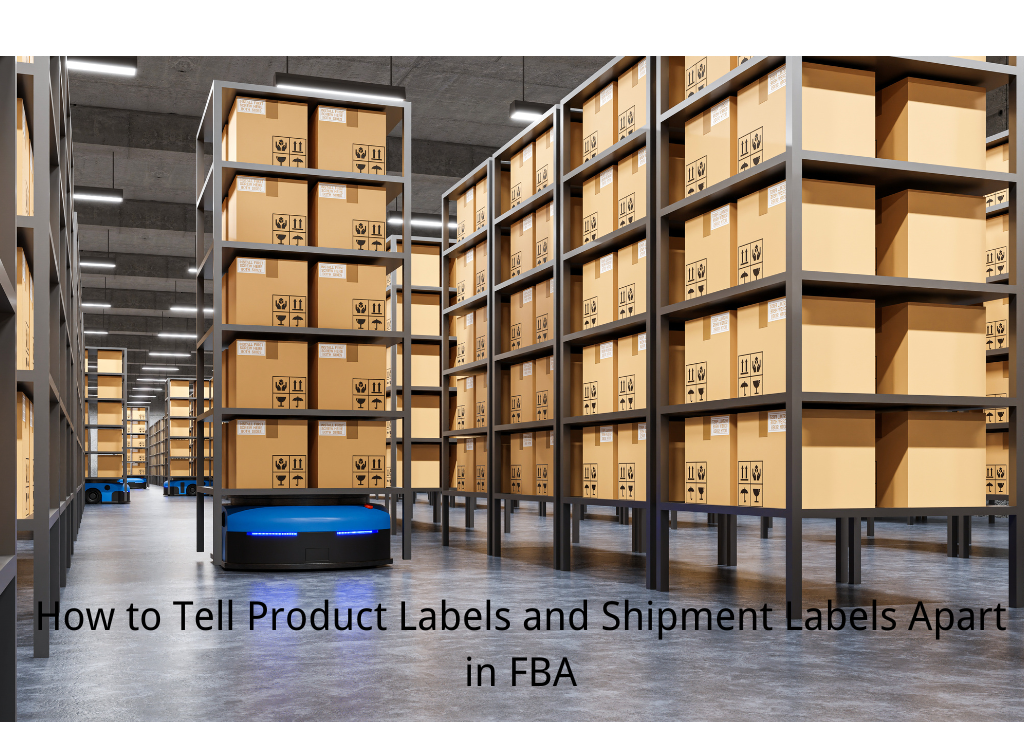FBA LCL Quote
FBA 40HQ FCL Quote
How To Ship To Amazon FBA From China: A Comprehensive Guide
Shipping products from China to Amazon FBA (Fulfillment by Amazon) warehouses can greatly optimize your e-commerce business. However, navigating this process involves several critical steps, from choosing a shipping method to ensuring your inventory meets Amazon’s packaging and labeling requirements. This guide provides a detailed step-by-step approach to help you efficiently ship your products from China to Amazon FBA.
Step 1: Choose the Right Shipping Method
Selecting the optimal shipping method is crucial, as it impacts the cost, transit time, and reliability of your shipment. Here are the three main shipping methods:
1. Air Freight: Ideal for fast shipment of products, air freight usually takes 5-10 days to reach the destination. It's suitable for high-value or urgent products, though it tends to be more expensive than other methods. https://globalshippingauto.com/air-shipping-from-china
2. Sea Freight: The most cost-effective solution, especially for large and heavy products. Although it has a longer transit time of 20-30 days, it significantly reduces shipping costs. https://globalshippingauto.com/fcl-shipping-from-china
3. Express Couriers: Companies like DHL, UPS, and FedEx offer express courier services, which are faster than sea freight but can be more costly than both sea and air freight. This method is best for small and lightweight products. https://globalshippingauto.com/express-shipping-from-china
Step 2: Choose a Reliable Freight Forwarder
Working with a reputable freight forwarder specializing in Amazon FBA shipments can simplify the entire shipping process. Look for providers that offer comprehensive services, including customs clearance and having experience with Amazon's specific requirements.
Step 3: Prepare Your Inventory
Ensure that your inventory complies with all of Amazon’s guidelines. This includes adhering to safety standards, complying with product labeling requirements, and following customs regulations. You should also have enough inventory to meet customer demand.
Step 4: Create a Shipping Plan in Amazon Seller Central
You will need to create a shipping plan in Amazon's Seller Central. This involves specifying the number of units you’re sending, the shipping carrier, and the destination address. Select the appropriate FBA warehouse for your products.
Step 5: Packaging and Labeling Requirements
Adhering to Amazon’s stringent packaging and labeling guidelines is vital:
1. Product Packaging: Each unit must have a scannable barcode corresponding to the product’s ASIN. Ensure the barcode is secure from damage during transport.
2. Carton Packaging: Cartons must be six-sided with intact flaps, and each must have its unique FBA shipping label. Cartons should not exceed 25 inches on any side and must not weigh more than 50 pounds unless declared as oversized.
Step 6: Inspections and Quality Control
To avoid receiving defective products, arrange a quality control inspection while the goods are still in the factory. Use reputable third-party inspection services to ensure the products meet both your standards and Amazon’s requirements.
Step 7: Palletization if Necessary
Depending on the volume and nature of your goods, palletization might be required. Pallets should meet Amazon’s specifications to avoid rejection. Although palletizing in China can save time, it might be cost-effective to do it upon arrival in your destination country.
Step 8: Shipping Insurance
Given the number of times your shipment will change hands, purchasing shipping insurance is advisable. This provides coverage against potential damages, ensuring that your investment is protected throughout the shipping process.
Step 9: Customs Clearance
Using a qualified customs broker can prevent delays and ensure that all documentation meets the importing requirements of your destination country. Proper documentation includes the bill of lading, commercial invoice, and packing list.
Step 10: Track Your Shipment
Keep track of your shipment to monitor progress. Utilize the tracking services provided by your freight forwarder and stay informed about the customs clearance status.
Conclusion
Shipping goods from China to Amazon FBA involves a detailed process that requires careful planning and coordination. By choosing the right shipping method, working with a reliable freight forwarder, and adhering to Amazon’s guidelines, you can ensure a smooth and efficient shipment. This comprehensive approach will help you maintain a steady supply chain, meeting customer demands and growing your e-commerce business.
For further assistance, consult with experts and leverage resources that provide insights into the shipping process, ensuring your products reach Amazon FBA warehouses seamlessly.



